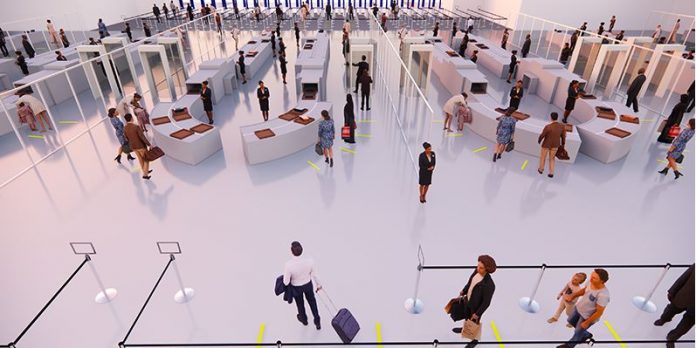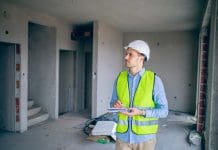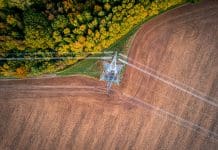Aurecon has modelled how aviation design could change post Covid-19, including altering the physical layout of the airport and aircraft and reordering traffic flow
The aviation design modelling is based on the 70-100 different areas of the passenger journey that could be adjusted or introduced in response to Covid-19.
The ‘Departing from Covid-19: flight path to recovery and reform of the aviation sector’ report provides industry insights and recommendations on planning and design to help airports plan for the return of international travel by restoring consumer confidence.
The closure of many borders in March 2020 meant airline travel practically stopped overnight. International routes from Australia are not expected to fully reopen for a number of months.
Planning ahead
Aurecon aviation industry leader for Australia and New Zealand, Brett Reiss, explained that airports should be taking action now to ready themselves for the significant changes that will be needed.
Changes will include altering the physical layout of the airport and aircraft, reordering traffic flow to account for increased security and screening procedures, capacity calculations, contactless operations and baggage handling processes.
Reiss, said: “Currently airports have adopted similar guidelines to supermarkets and pharmacies with floor stickers to encourage social distancing and freehand sanitiser but more sophisticated reconfigurations will be required.
“Additional regulations may be imposed on airports to conduct Covid-19 testing and screening. To prepare for this and to restore consumer confidence, airports need to start thinking now about the significant changes that will have to take place for airport entry, passenger flows, permanent floor markings, baggage processing, Covid-19 screening pathways, the use of touchless technology and the additional operational staff that may be required.”
The report highlights the following as priority areas for airports’ consideration:
Systems
- Modifications will be required to physical infrastructure and operating procedures, including testing stations, installing routes to segregate passengers and more wayfinding signage for terminal buildings
- A system will be needed to reignite the commercial potential of terminals to benefit retail businesses and passengers
- Airports are recommended to consider more automated check-in areas, spreading peak demand, queuing zones, increased numbers of processing desks and limiting terminal entry to travellers only
Contactless processing
- Covid-19 has accelerated passenger expectations for contactless journeys, including check-in, bag drop, security, customs, bathroom facilities and boarding
- Automating as many passenger processes as possible will be favoured by most airports
Human behaviour
- It is expected that health approvals will be necessary for passengers to obtain prior to travel, and possibly entrenched through bilateral health agreements between countries
- Airports and airlines will have to collaborate to convince travellers the risk of infection on a flight is low thanks to improved cleaning efforts, sophisticated cabin ventilation systems and adequate screening
Aurecon aviation capability leader, Erik Kriel, commented: “Considerations will still need to be taken from a design perspective to develop a layout that protects passengers, adequately provides health checks yet doesn’t make airports seem like a clinical hospital to passengers.
“Given the industry predictions that it will be a slow, gradual build up in demand for international travel, we believe many airports could plan the reorganisation of their spaces and assets to transition through the recovery period without needing to significantly expand their building space.
“With the sector’s exceptional capacity to recover and adapt, learning from the Covid-19 crisis will help prepare for future global disruptions and help aviation emerge from the pandemic stronger and more resilient.”
The ‘Departing from Covid-19: flight path to recovery and reform of the aviation sector’ report is presented in the Australian context, however insights are applicable to international airports in any country.










![[VIDEO] UK-based firm reveals ‘world’s first’ fully AI-driven architectural project Studio Tim Fu has revealed the 'world's first' fully AI-driven architectural project in Slovenia, developing six luxury villas on the Lake Bled Estate](https://www.pbctoday.co.uk/news/wp-content/uploads/2025/03/Interior-1-studio-tim-fu-218x150.gif)



